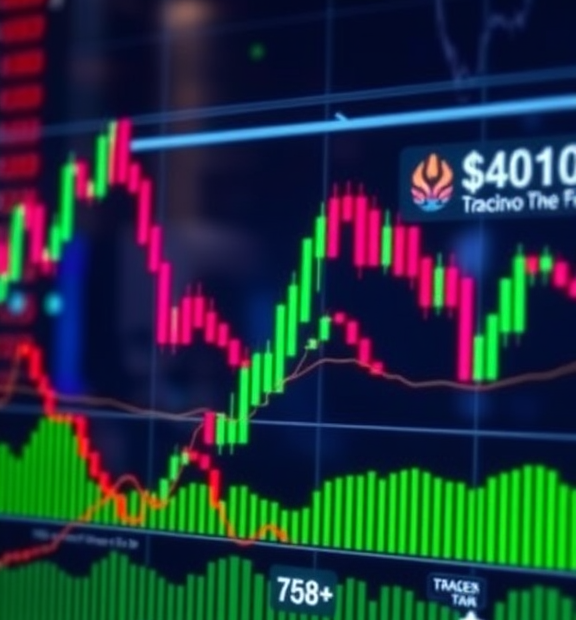When considering the potential for success in financial markets, one often wonders, “is swing trading profitable?” This trading strategy involves capturing gains from price swings over a short to medium term, typically spanning from a couple of days to a few weeks.
Many traders are drawn to swing trading for its blend of active management and flexibility. Unlike day trading, where positions are held for mere minutes or hours, swing trading allows traders to analyze trends over a longer period. This can lead to more informed decision-making and an improved chance of profitability.
Key factors influencing profitability in swing trading include:
- Market Volatility: Higher volatility often presents more opportunities for swing trades, allowing traders to enter and exit positions at favorable prices.
- Technical Analysis: Successful swing traders rely on charts and technical indicators to identify potential entry and exit points, enhancing their chances of profitability.
- Risk Management: Effective risk management strategies, such as setting stop-loss orders, are critical to protecting gains and minimizing losses.
- Emotional Discipline: A trader’s ability to manage emotions and stick to their strategy can significantly affect their profitability in swing trading.
In essence, the question of whether swing trading is profitable often hinges on the trader’s strategy, market conditions, and adherence to risk management principles. While many traders report success, swing trading requires dedication, analysis, and a sound understanding of the financial markets to truly capitalize on its potential benefits.
Ultimately, while swing trading can be profitable, it is not a guaranteed path to wealth. Traders who invest time in honing their skills and developing a solid strategy often find themselves reaping the rewards of their efforts in this dynamic trading environment.
